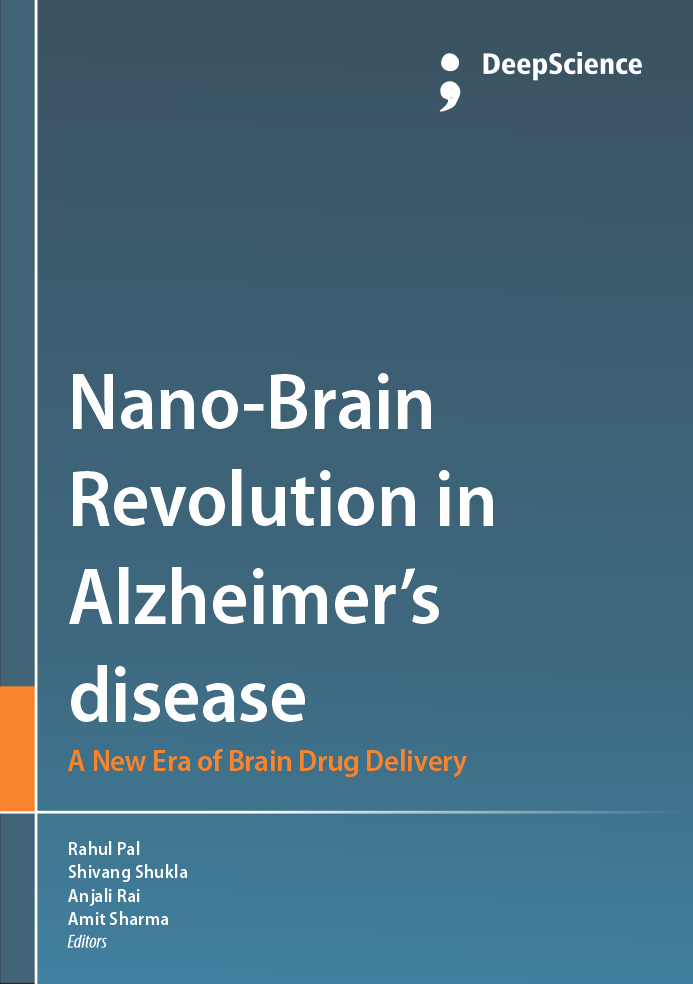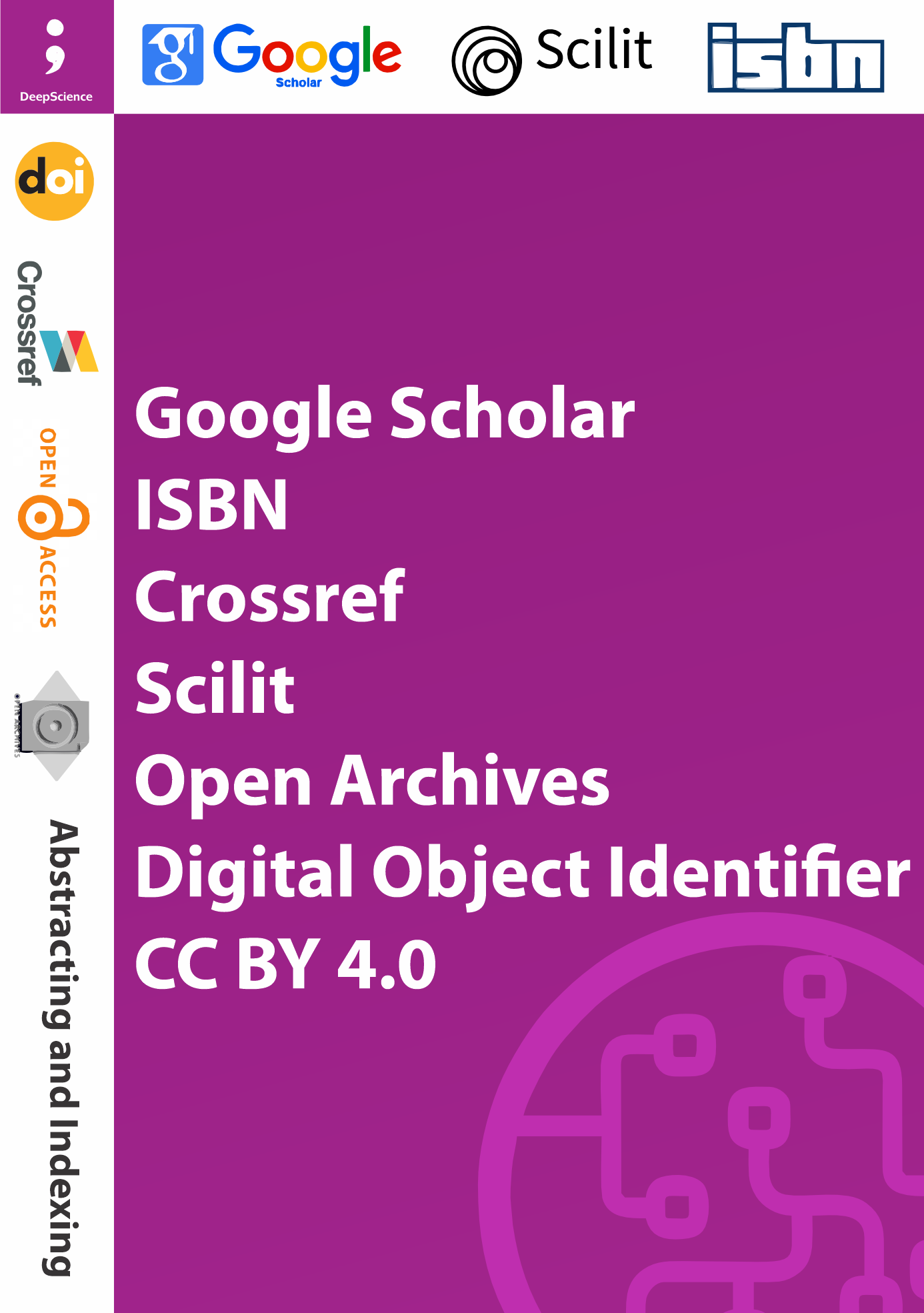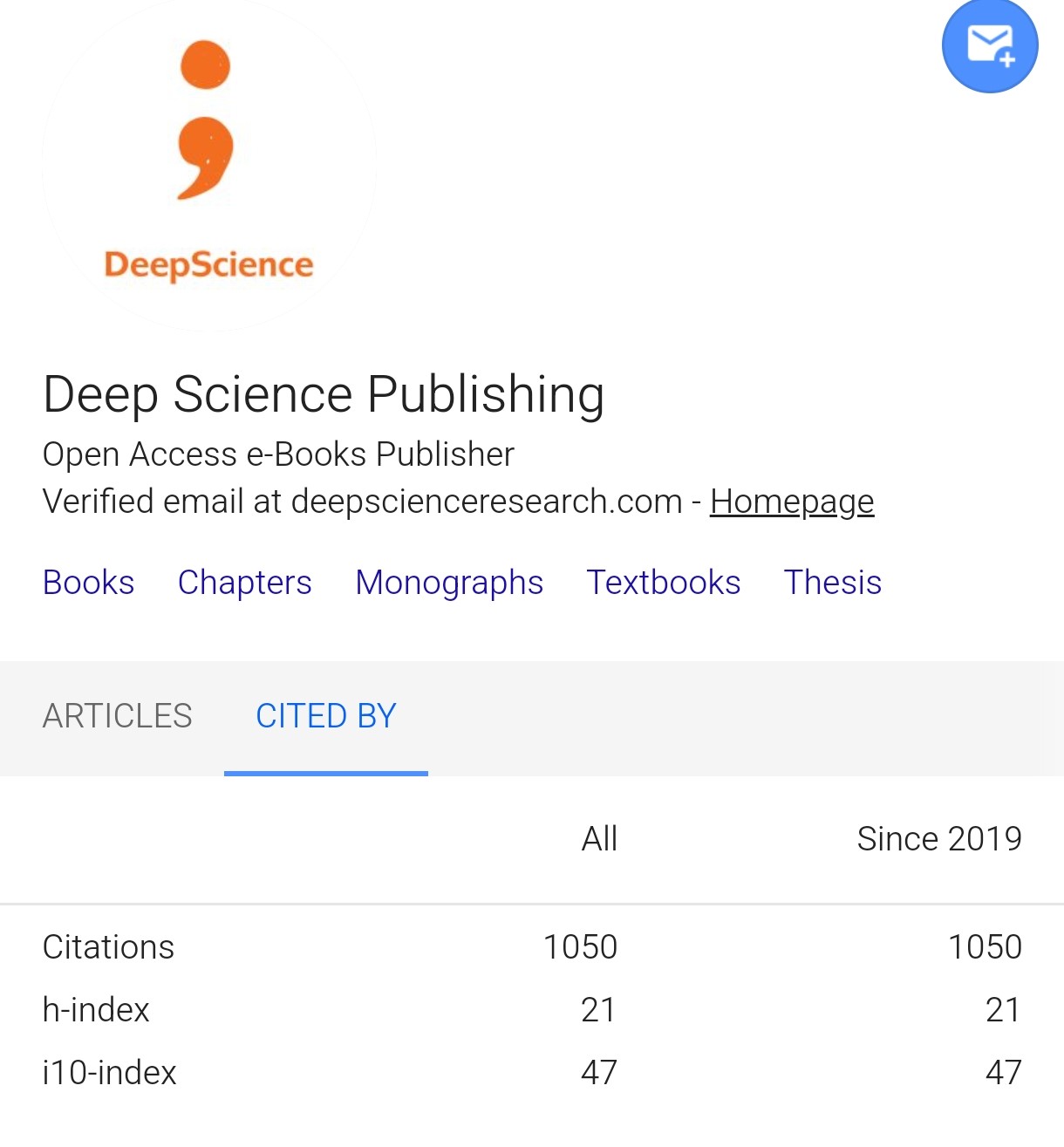Nanotechnology in Neuroscience Transforming Alzheimer's Therapy
Synopsis
Alzheimer’s disease (AD) is the most prevalent form of dementia, characterized by progressive memory loss, cognitive decline, and functional impairment, imposing a profound socioeconomic and healthcare burden worldwide. Current pharmacological treatments, primarily cholinesterase inhibitors and NMDA receptor antagonists, provide only symptomatic relief without halting neurodegeneration, largely due to challenges such as poor bioavailability, limited blood–brain barrier (BBB) penetration, and systemic side effects. In recent years, nanotechnology has emerged as a transformative strategy to overcome these barriers by enabling targeted drug delivery, improved solubility, controlled release, and enhanced BBB transport. A diverse range of nanocarriers—including metallic nanoparticles (gold, silver, cerium oxide), polymeric systems (PLGA, chitosan), lipid-based vesicles (liposomes, solid lipid nanoparticles, nanoemulsions), carbon nanomaterials, and dendrimers—have been investigated for their ability to deliver anti-Alzheimer’s agents, inhibit amyloid-β aggregation, stabilize tau proteins, and reduce oxidative stress. Functionalization strategies further enhance targeting specificity, reduce off-target effects, and improve therapeutic outcomes. Nanodiagnostic platforms, including imaging-enhanced nanoparticles and biosensors, also provide early detection opportunities, critical for timely intervention. Despite promising preclinical outcomes, translational challenges such as long-term toxicity, large-scale reproducibility, and regulatory approval remain significant hurdles. Emerging approaches integrating nanomedicine with personalized therapy, exosome-based delivery, and AI-guided design highlight future potential in achieving disease-modifying treatments for AD. This review consolidates current advances in nanotechnology-based interventions for AD, emphasizing their role in diagnosis, drug delivery, and future perspectives, while addressing the challenges that must be overcome to enable clinical translation.













